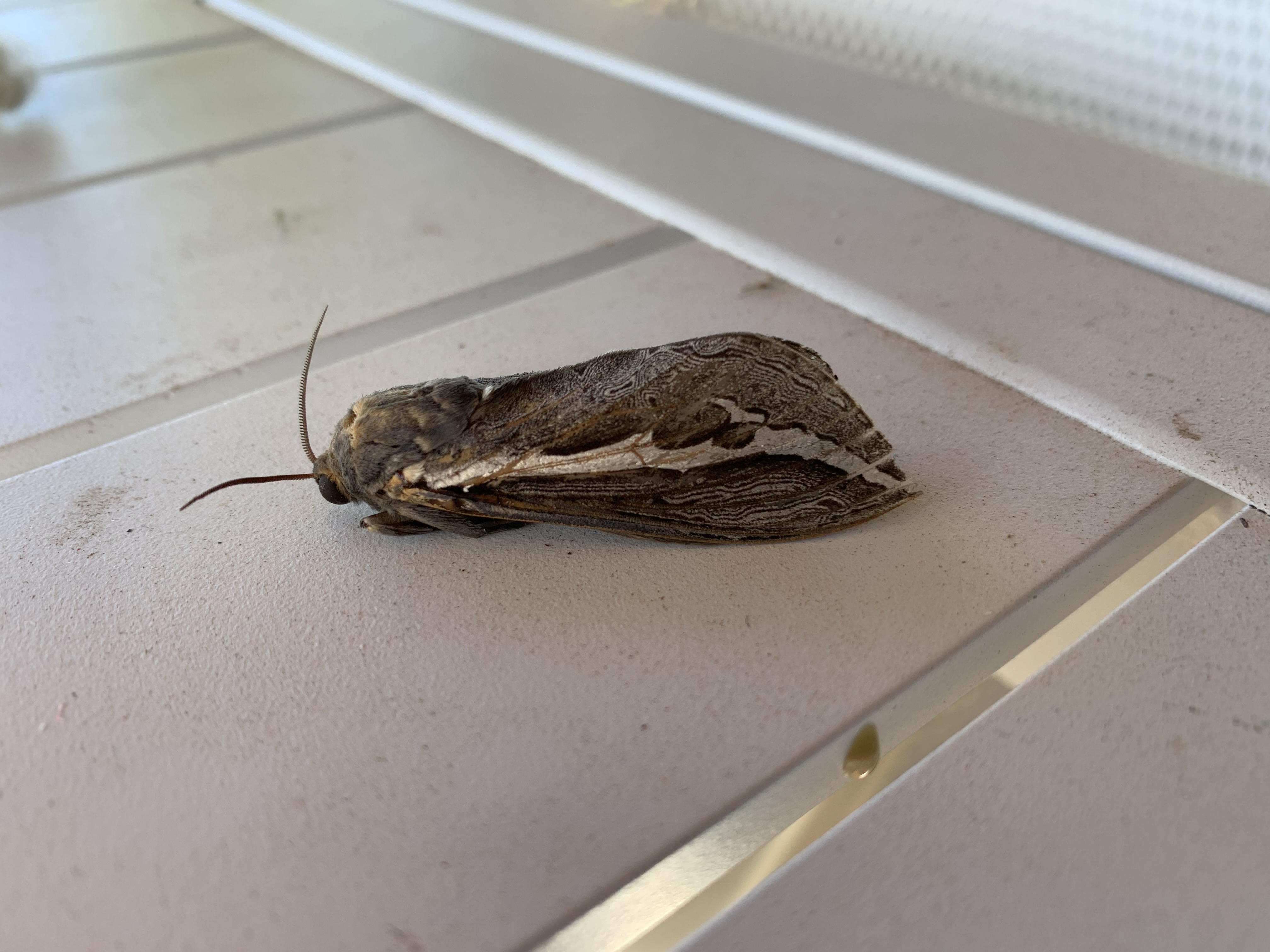Native animals of the Wheatbelt can come in all shapes and sizes and we get reports all the time asking us about things people have found around their place.
Sometimes this includes interesting insects like large moths and there are a number of moths of the Hepialid family that are found in the WA Wheatbelt.
One of the exciting and unique Hepialids people may find across Southern Australia at this time of year is the Rain Moth (Trictena Atripalpis).
Why is it known as the Rain Moth? The moth and its pupal casing is often sighted in March and April after Autumn rains, and brings hope to drought-stricken farmers as its arrival is believed to signal the arrival of wet weather.
The rain moth is a large moth with wings that grow to about 16cm in females and 12cm in males.
Found in woodland areas alongside creeks and gullies, especially near eucalyptus trees, it also has a unique life cycle.
It has no mouth parts for eating or drinking and is alive for only a day in its recognisable final form, mating before bombing its thousands of eggs into the ground below.
Specimens have been reported to have produced upwards of 40,000 eggs.
However, the rain moth can live for years in its larval stage as a caterpillar which is often used as bait and is among the variety of insects commonly referred to by fishers as “bardi grub”.
It is not always simple to work out what moth you have found, as many share similar characteristics.
The Trictena can be identified by its strong white costal fore wing marks, but there are others with similar identifying markings.
Other Hepialid moths commonly found in regions like the Wheatbelt are moths of the Abantiades genus, including the Abantiades Albofasciatus.
The CSIRO has a simple online database of Australian moths that can assist you with researching moths you find at your property, found at https://moths.csiro.au/, which is part of the national insect collection.


